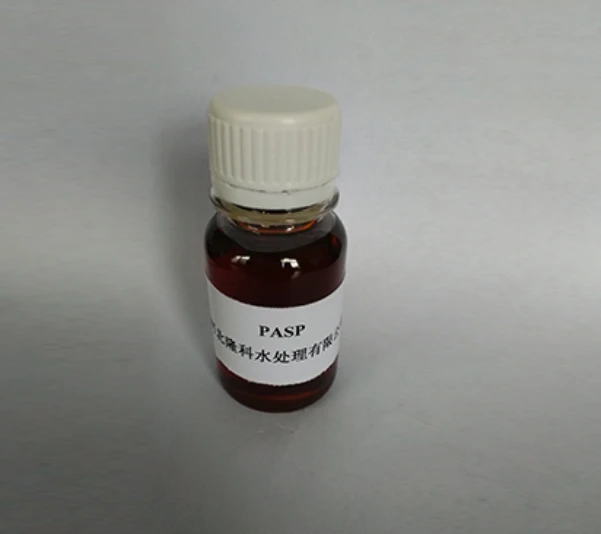chloromethyl isothiazolinone
Understanding Chloromethyl Isothiazolinone Uses, Risks, and Regulatory Considerations
Chloromethyl isothiazolinone (CMI) is a synthetic biocide that belongs to the isothiazolinone family, commonly employed as a preservative in a variety of consumer and industrial products. Its effectiveness lies in its ability to inhibit the growth of bacteria, fungi, and algae, making it a popular choice in formulations ranging from cosmetics to industrial water treatment systems. However, despite its widespread use, CMI has come under scrutiny due to potential health risks, necessitating a closer examination of its applications and the associated regulatory frameworks.
Applications of Chloromethyl Isothiazolinone
CMI is primarily used as a preservative in personal care products, including shampoos, conditioners, lotions, and creams. It helps prevent microbial contamination and extends the shelf life of these products. Besides cosmetics, CMI finds its application in industrial products such as paints, coatings, and adhesives, where it functions as a safeguard against microbial degradation. Its antifungal and antibacterial properties make it an essential ingredient in many formulations, ensuring product integrity and safety.
In addition to the cosmetic and industrial sectors, CMI is also utilized in water treatment processes. Its ability to control microbial growth makes it valuable in maintaining the quality of water systems, thus preventing biofilm formation and protecting equipment from corrosion. The versatility of CMI in various applications underscores its significance in modern formulations.
Health Concerns and Sensitization Issues
Despite its efficacy, chloromethyl isothiazolinone has raised health concerns, particularly regarding skin sensitization. CMI has been associated with allergic reactions, with reports indicating that frequent exposure can lead to contact dermatitis. The risk of sensitization is heightened in consumers using products containing CMI on a regular basis. Consequently, dermatologists often recommend caution, especially for individuals with sensitive skin or existing skin conditions.
chloromethyl isothiazolinone

The European Union has taken a proactive approach in regulating the use of CMI. Under the REACH (Registration, Evaluation, Authorisation and Restriction of Chemicals) regulation, the European Chemical Agency (ECHA) has set stringent limits on the concentration of CMI permissible in cosmetic products. This action reflects growing concerns over the potential for allergies and the need to enhance consumer safety.
Regulatory Framework and Future Prospects
Regulatory bodies worldwide are increasingly evaluating the safety of preservatives like CMI. In addition to the EU, organizations such as the U.S. Environmental Protection Agency (EPA) and Health Canada are conducting assessments to determine the safety thresholds for CMI in different applications. The trend towards stricter regulations is fueled by a greater emphasis on consumer health and environmental sustainability.
As the demand for safer and more sustainable products rises, the industry is witnessing a shift towards alternative preservatives that offer comparable efficacy without the associated health risks. Research is ongoing to identify new compounds that can replace CMI, thus providing consumers with safer options while maintaining product performance.
Conclusion
Chloromethyl isothiazolinone is a valuable biocide widely used across various sectors for its preservative qualities. However, the associated health risks, particularly regarding skin sensitization, have prompted regulatory scrutiny and consumer caution. As product safety becomes increasingly paramount, the future may see a transition towards safer alternatives. Manufacturers, consumers, and regulatory bodies must collaborate to ensure that the products we use are not only effective but also safe for everyday use. With ongoing research and regulatory developments, the landscape of preservation in products will continue to evolve, emphasizing safety and sustainability.
-
Water Treatment with Flocculant Water TreatmentNewsJun.12,2025
-
Polymaleic AnhydrideNewsJun.12,2025
-
Polyaspartic AcidNewsJun.12,2025
-
Enhance Industrial Processes with IsothiazolinonesNewsJun.12,2025
-
Enhance Industrial Processes with PBTCA SolutionsNewsJun.12,2025
-
Dodecyldimethylbenzylammonium Chloride SolutionsNewsJun.12,2025





